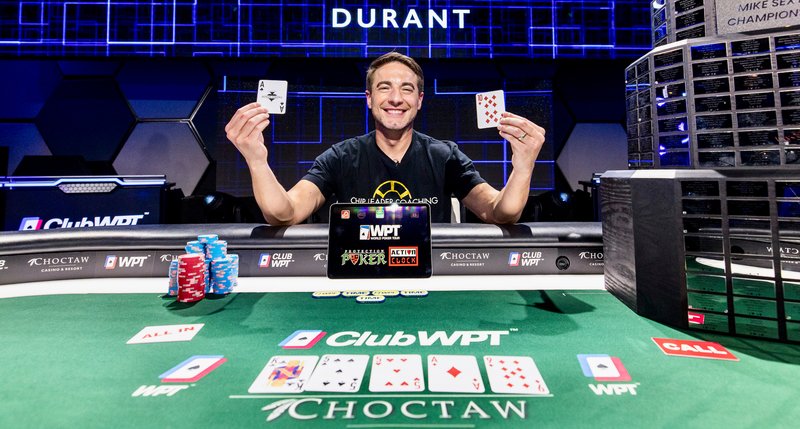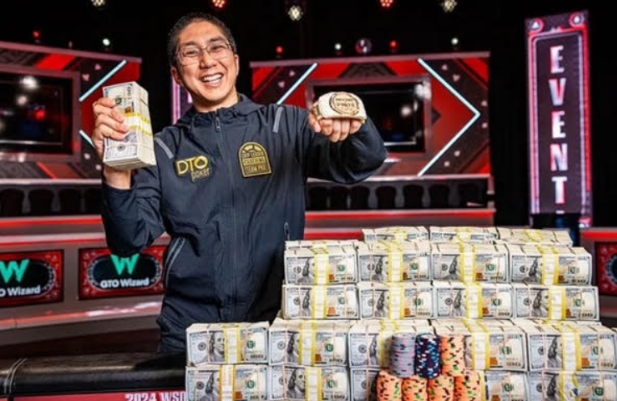Most poker players don’t know how to properly manage their bankroll, but the best in the world know how to protect their downside while also knowing when it’s best to take a shot at a huge score. Recreational player or pro, here’s how to optimize your bankroll.
Recreational Players
When it comes to playing poker, most recreational players, or recs, are playing for fun and can allocate a significant amount of money per month to poker. Similar to the cost of going to a sporting event, they look at poker primarily as entertainment. Their actual job replenishes their bankroll. Additional poker expenses like travel costs to and from tournaments can also affect bankroll.
Recs can be more aggressive in shot-taking but may have to be out of action for a while while they build their funds back up. When a rec loses their poker bankroll and needs their job to replenish their funds, we refer to it as “going to the poker hospital.” This minimizes their potential success in poker, and prevents them from approving their poker abilities.
Pros
As professional poker players don’t have another primary source of income, they can’t go to the poker hospital to recover. Too many losses can lead to being forced to take on a backer or being completely taken out of action. They MUST exercise proper risk management or risk going busto.
A professional player should have the disciple to only play in games they honestly think they are +EV in. When great opportunities arise, a larger percentage of bankroll should be allocated to maximize EV. If the entire bankroll takes a significant hit, the plan should always be to move down in stakes.
Other than putting in volume and studying, risking more in the highest edge spots with the intention to drop down if needed is the fastest way to grow a bankroll as long as it is done responsibly.
Updating and Adjusting
Constantly updating the bankroll and readjusting accordingly needs to be done before each tournament – You shouldn’t manage your roll for what you had last week. Frequently adjusting also allows for being aggressive responsible because you can constantly size down if needed due to inevitable downswing. This technique is used by all long-time experienced players.
How many buy-ins should you have?
First, you should determine your skill advantage versus the field in your game. Are you in the top 10% in your buy-in level? 20%? Figuring out your realistic edge in your typical tournament will help to determine how aggressive you can be.
This will help you decide how much to allocate to a larger percentage of your bankroll to any tournament/series. Because the nature of tournament poker means variance is high, you can go a long time without cash. A rough rule is to have between 50-100 buy-ins in your poker bankroll at all times.
Differences between live and online bankroll management
Edges in online poker games are considerably smaller than live fields so someone that plays online should have a significantly larger bankroll (# of buy ins) than someone that plays primarily live.
Benefits of Satellites to your Bankroll
An often overlooked way to protect your downside is playing in satellites. Satellites (especially live) almost always have soft fields which also allow you to buy into a tournament for a fraction of the normal entry fee.
Another benefit of satellites is that you are basically at a simulated final table with big ICM implications – giving you valuable experience in a situation that doesn’t happen often in large field events.
To Sum it Up
That’s a wrap! Following the above healthy poker bankroll management guidelines will help protect your downside, keep you in action, and prime you for a big score. Want to learn more from our professional coaches?
For more poker tips, go to https://www.clcpoker.com/the-closer to learn more about poker strategy, betting methods, poker bankroll management strategy, and how to maximize your odds in poker.









